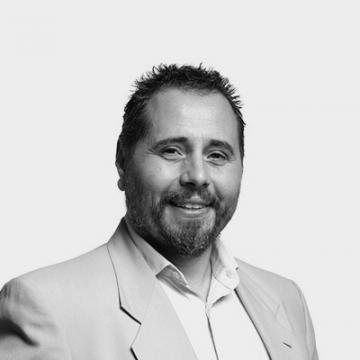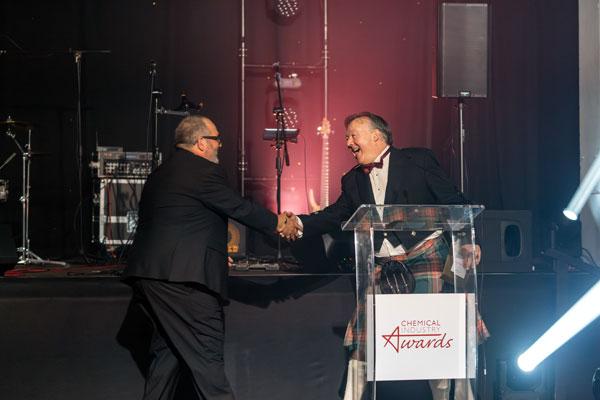Meet EDDIE

Meet EDDIE
As well as being the name we’ve given to our ‘dog of diversity’, the animal image we use to denote any output and materials we produce on this topic, EDDIE also happens to be the framework that more accurately describes our approach to improvement in the equality, diversity and inclusion space.
What’s wrong with just sticking with ‘EDI’ as a descriptor?
Well firstly I think it helps to break the topic down. Equality, diversity and inclusion, whilst inter-related, are not the same and understanding where you are and what you need to do against each dimension separately can be much more powerful and insightful. However, when you do break it down, I’ve often felt there are key aspects that don’t really come into focus… thinking purely in terms of EDI is simply not enough.
When we talk in terms of EDDIE, this is how we define each key component part:
The starting point is always Equality. For me this is about identifying and then addressing the causes of loss, detriment and disadvantage so everyone has the same chance to participate and/or succeed. At the centre we have the Protected Characteristics defined in the Equality Act (EqA). We know people have suffered significant loss and disadvantage because of these personal characteristics, which is why they are protected. During workshops it is always worth revisiting the nine characteristics so that people fully understand what’s covered and how loss, detriment and disadvantage arises.
When working with clients this is the bedrock dimension; if it’s not properly understood and issues identified and addressed, everything else feels performative and superficial. There’s a twitter account I follow (@PayGapApp) that identifies businesses tweeting about their latest EDI initiative or what they’ve done to recognise a particular designated day… then they quote a tweet adding in the business’s gender pay gap results. The net result is you often get a ’look at how progressive and inclusive we are’ tweet from the business under an explanation from @PayGapApp that the gap in median between men and women is not only substantial but has worsened over the past 12 months! As I say if you don’t get these fundamentals right, the rest is performative and superficial.
However, it’s not just about the protected characteristics, there are lots of other ways people are disadvantaged that fall outside of the EqA. Socio-economic factors and intersectionality are two such examples, and the greatest success we have with clients here is where they think about equality and equity in the broadest possible terms.
The more we level the playing field the easier it is to participate and succeed and greater levels of Diversity become possible. Here’s where our framework diverges somewhat because whilst the removal of barriers and disadvantage typically results in a more diverse workforce, all too often the ‘price of admission’ is assimilation and conformity. When describing this I often refer back to the 1970’s and 80’s when you started to see more and more women being employed in roles that had hitherto been largely the preserve of men. However, ‘acceptance’ was often predicated on adopting what I’d describe as ‘alpha-male’ behaviours and almost ‘out men-ing the men’! That’s almost certainly an over-simplification, but you get the point and hopefully we are largely in another era now and it’s not something I observe too often. However, we do have contemporary versions of this. Take a topic such as neurodiversity in the workplace. Many organisations have made great strides towards improving attitudes and mindsets and have been creative in their approach to workplace adjustments. But for me there’s a big difference between removing barriers to increase levels of participation and capitalising on the benefits Difference can bring. So that’s our second ‘D’. The benefits of diversity are only realised if we get beyond acceptance of difference and resist the temptation to assimilate and conform, allow differences to flourish and realise the benefits this can bring.
If equality is about removing barriers to participation and success to enable greater levels of diversity, then Inclusion is about the things you do to make this more diverse group of people feel like they belong. If we’ve taken steps to capitalise on the benefits of difference, then this can’t be people feeling like they belong because they’ve been assimilated and accepted pre-existing norms, this is about doing things differently, so a wider group of people see themselves reflected in day-to-day organisational life.
That said this isn’t always straight-forward. Rights can compete and taking steps to make one group feel more included can risk alienating others. Our strategy here is to avoid a ‘build it and they will come’ approach, and that’s where our final ‘E’ comes in… there’s a huge Engagement piece required and so often what I observe in organisations falls short of what’s needed. This isn’t just about consulting with interested parties and responding to the needs and wants of those who shout loudest or organise themselves most effectively. This is about reaching out across the wider organisation. Ultimately for any initiative aimed increasing feelings of inclusion and belonging to be effective, everyone has a part to play. Therefore, even if someone is not the intended beneficiary of a given initiative, they are going to be part of the solution and the last thing you want therefore is for them to feel disengaged.
So that’s an introduction to EDDIE. Whether it’s used as a diagnostic framework to better understand why EDI initiatives are either stalling or are not having the desired impact and effect or if it’s the basis of a strategic improvement plan, I believe it is a more effective approach. It still requires activation, and no small amount of time and effort, however using EDDIE as the lens is more likely to mean you’re working on the substantive rather than the performative.
Richard Boardman specialises in Building Inclusive Workplaces, you can get in touch with him via richard@2macs.com.
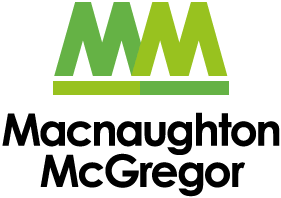
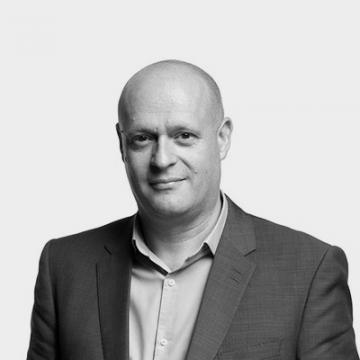
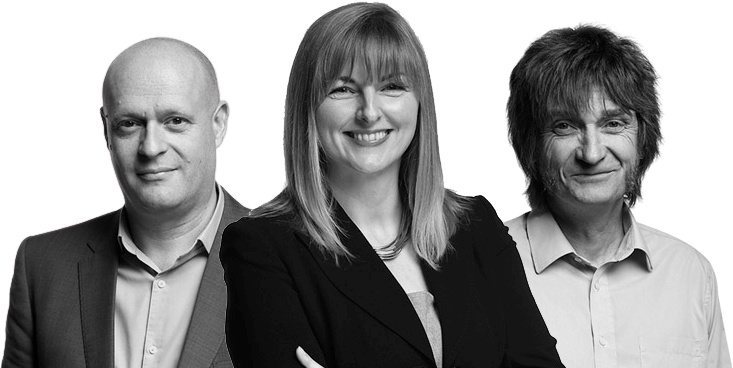
--600.jpg)
